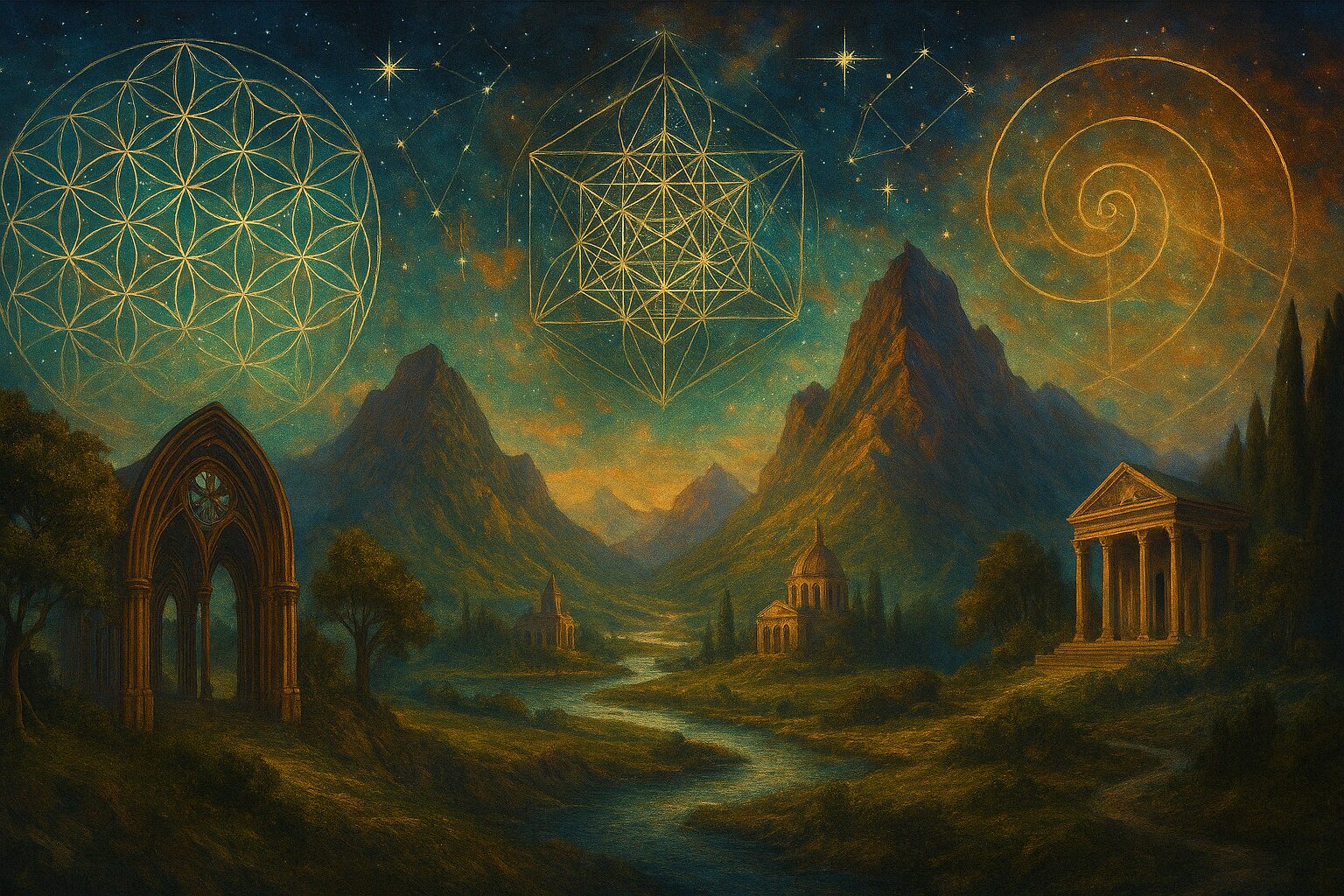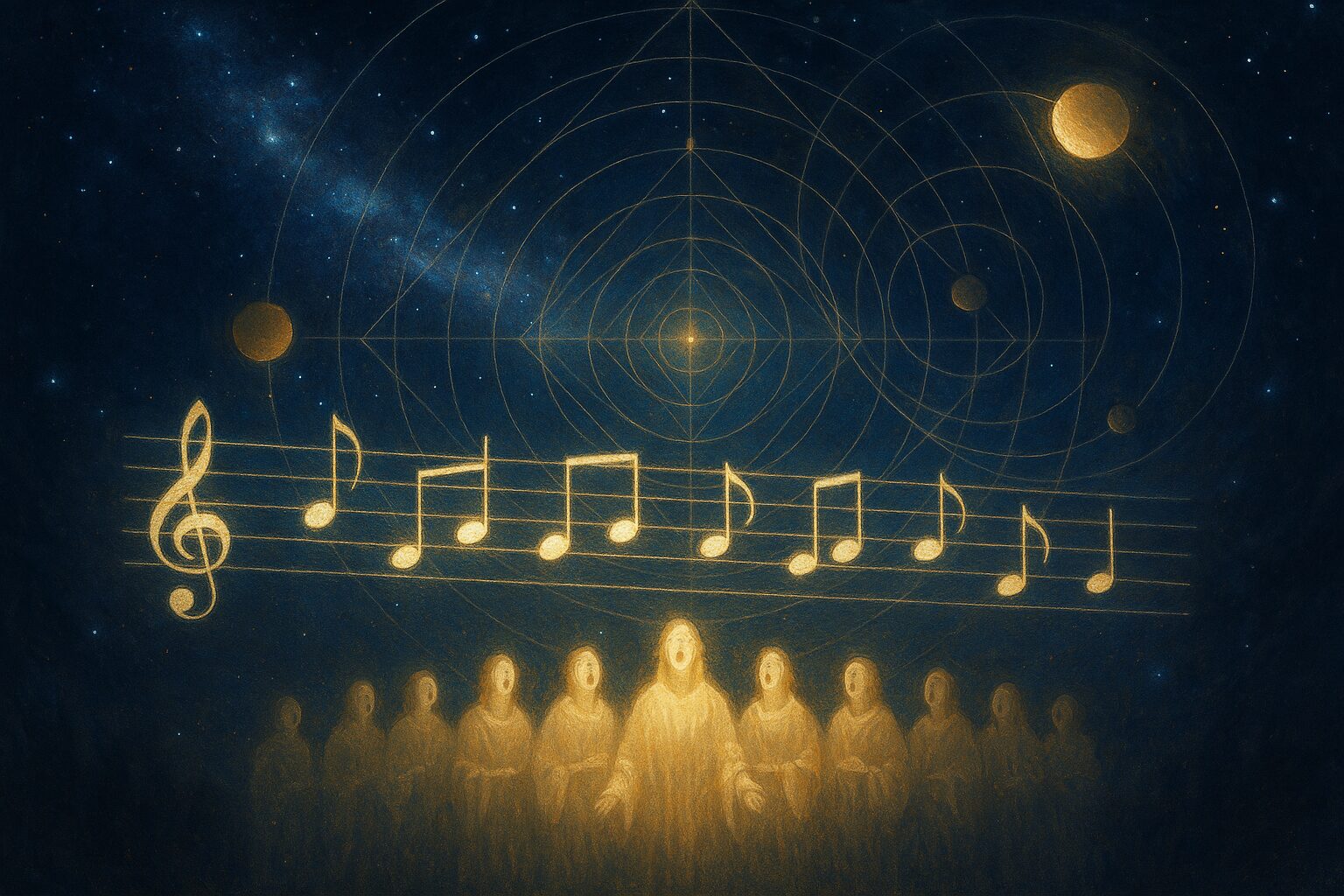Symbolism | French Occult Thought
“The actor is a true alchemist. He transmutes the lead of the world into the gold of the sacred.”
— Antonin Artaud
Introduction: Madness as Revelation
Antonin Artaud (1896–1948) was not merely a poet or playwright. He was a mystic of the body, a tortured prophet whose words bled alchemical fire. Within the surrealist salons of Paris and the padded walls of asylums, Artaud invoked something deeper than art—he called forth ritual, possession, and the sacred in agony.
His radical philosophy of theatre—the Theatre of Cruelty—was not about performance. It was about exorcism. About turning the stage into a temple, and the actor into a sacrifice.
The Body as a Temple of the Occult
For Artaud, the body was the original magical instrument. Western civilization, he claimed, had anesthetized the flesh—severed the body from spirit. His theatre sought to reawaken it through shock, chant, pain, and symbol.
“A true theatrical act, like the plague, is contagious. It is the revelation of a latent cruelty within the body, a divine cruelty.”
He dreamed of a theatre that mirrored shamanic ceremony, combining gesture, primal sound, light, and mythic symbols. His inspirations drew from:
- Alchemy, especially the transformation of matter and self.
- Tarot and Kabbalah, seen not as tools but as archetypal maps of the soul.
- Balinese ritual theatre, where dance becomes invocation.
Visionary Madness: The Sorcerer in Exile
Artaud’s mystical life was shaped by both illness and initiation. Plagued by addiction and mental instability, he also experienced spiritual revelations. In 1936, he traveled to Mexico to study with the Tarahumara, partaking in peyote rites that redefined his cosmology.
These visions formed the basis of his book The Peyote Dance, where he speaks of language as a magical force, and the self as a theatre for gods.
He later claimed to receive transmissions from the divine through cryptic glossolalia and geometric sigils. Some dismissed this as madness. Others saw it as gnosis in the raw.
The Theatre of Cruelty: Sacred Geometry in Motion
Artaud’s idea of “cruelty” was not sadism—it was the stripping away of illusion. Theatre should:
- Pierce the intellect and strike the subconscious.
- Bypass logic and engage the symbolic matrix.
- Return to a magical worldview, where gesture is invocation.
In The Theatre and Its Double, Artaud lays out this vision—one that would influence not only avant-garde performance but occultists, ritualists, and visionary artists to this day.
“We must believe in a sense of life renewed by the theatre, a sense of the body reenchanted.”
Legacy: Occult Actor as Alchemist
Artaud’s influence radiates beyond theatre into modern ritual, performance art, chaos magic, and even digital psychedelia. His body of work acts as a grimoire—a blueprint for those who seek the sacred through the scream, the body, and the flame.
His life was short, tormented, and ecstatic. But through the theatre of cruelty, Artaud offered a forgotten truth: the body is a magical machine—capable of transmuting pain into presence, and chaos into clarity.
Recommended Readings
- The Theatre and Its Double
- The Peyote Dance
- Artaud the Mômo (radio play transcript)
- Antonin Artaud: Selected Writings, edited by Susan Sontag


